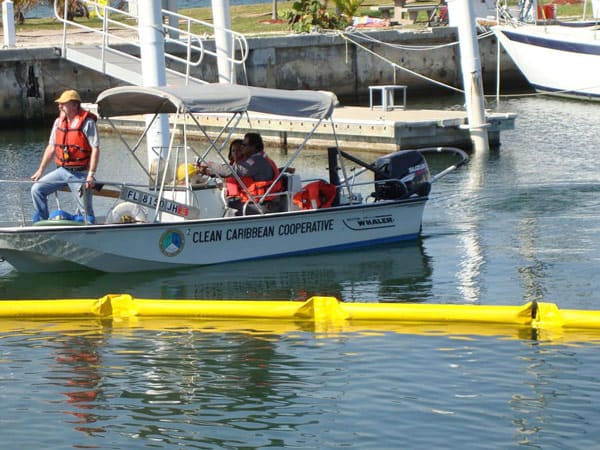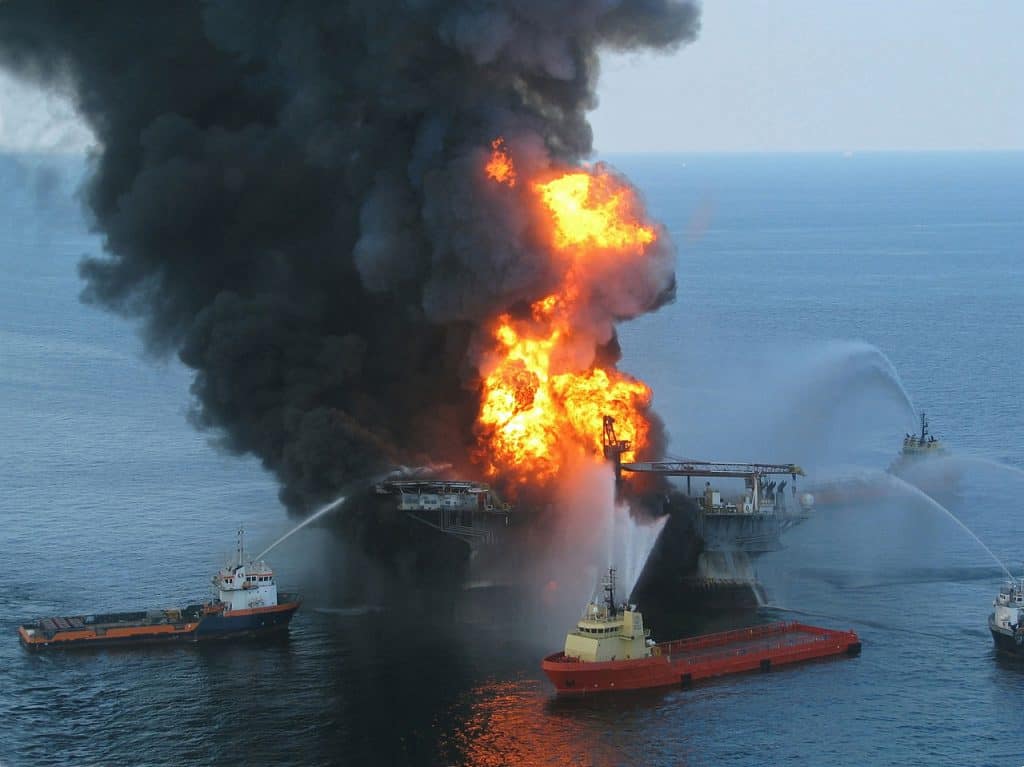In today’s world, the protection of natural ecosystems is more critical than ever. With the increase in industrial activities, the risk of hazardous material spills, particularly oil spills, has risen significantly. This is where hazmat booms come into play, offering a practical solution to minimize environmental damage. In this article, we’ll explore what hazmat booms are, how they work, and their role in safeguarding our planet’s ecosystems.
What Are Hazmat Booms?
Hazmat booms are specialized tools used to contain and control the spread of hazardous materials in the event of a spill. They are primarily used in aquatic environments, such as oceans, rivers, and lakes, to prevent oil and other hazardous substances from spreading and causing further environmental harm. These booms act as a barrier, effectively trapping the spill in a confined area until it can be safely removed or neutralized.
Types of Hazmat Booms
There are several types of hazmat booms, each designed for specific conditions and types of spills:
- Containment Booms: These are the most common type, used to encircle and contain the spill within a specific area.
- Sorbent Booms: Made from absorbent materials, these booms soak up the hazardous material, making it easier to collect and remove.
- Fire-Resistant Booms: Used in situations where there is a risk of fire, these booms are made from materials that can withstand high temperatures.

The Role of Hazmat Booms in Protecting Ecosystems
Preventing Oil Spills from Spreading
One of the primary functions of hazmat booms is to prevent oil spills from spreading across large water bodies. When oil spills occur, they can cover vast areas quickly, posing a significant threat to marine life and coastal ecosystems. By deploying hazmat booms swiftly, responders can limit the spread of oil, reducing its impact on the environment.
Safeguarding Marine Life
Oil spills can be catastrophic for marine life. The oil can coat the feathers of birds, impairing their ability to fly and stay warm. It can also suffocate marine mammals and fish. Hazmat booms help protect marine animals by containing the spill and preventing it from reaching sensitive habitats.
Protecting Shorelines and Wetlands
Coastal shorelines and wetlands are vital ecosystems that support diverse flora and fauna. Oil and chemical spills can devastate these areas, killing plants and animals and disrupting the natural balance. By using hazmat booms, responders can prevent hazardous materials from reaching these sensitive zones, allowing them to remain pristine and thriving.
How Hazmat Booms Work
Deployment Techniques
The effectiveness of hazmat booms largely depends on how they are deployed. Here are some common deployment techniques:
- Anchor Systems: Booms are secured in place using anchors or weights to prevent them from drifting away.
- Multiple Boom Layers: In some cases, multiple layers of booms are used for added protection and containment.
- Strategic Placement: Booms are strategically placed based on factors like wind direction, water currents, and the type of spill.
Maintenance and Monitoring
For hazmat booms to remain effective, regular maintenance and monitoring are essential. This includes checking for wear and tear, repositioning booms as needed, and ensuring that they remain secure in their designated locations.
Real-World Applications of Hazmat Booms

Case Study: The Deepwater Horizon Spill
One of the most notorious oil spills in history, the Deepwater Horizon spill, underscored the importance of hazmat booms. During this crisis, hazmat booms were deployed extensively to contain the massive spill and prevent further damage to the Gulf of Mexico’s ecosystem. While the spill had significant impacts, the use of booms helped mitigate some of the damage.
Localized Spills and Industrial Use
Hazmat booms are not only used in large-scale disasters but also in smaller, localized spills. Industries that work with hazardous materials often keep booms on hand as part of their spill response plans, ensuring a rapid response in case of an accident.
Challenges and Limitations
Environmental Conditions
Hazmat booms are not without limitations. Their effectiveness can be compromised by adverse weather conditions, such as strong winds and rough seas. In such cases, it may be challenging to maintain the integrity of the containment area.
Disposal of Collected Material
Once a spill is contained, the hazardous material must be removed and disposed of safely. This process can be complex and requires specialized equipment and knowledge to ensure that it does not pose a further risk to the environment.
Conclusion: The Future of Hazmat Booms in Ecosystem Protection
Hazmat booms play a crucial role in protecting ecosystems from the harmful effects of hazardous material spills. They are an essential component of modern spill response strategies, helping to contain and mitigate environmental damage. As technology advances, the development of more efficient and effective booms will continue, enhancing our ability to protect the planet’s precious ecosystems.
In conclusion, while hazmat booms are not a perfect solution, they are a vital tool in the ongoing effort to safeguard our environment. By understanding their importance and capabilities, we can better prepare for and respond to environmental challenges, ensuring a healthier planet for future generations.
Call to Action: Shop at Absorbents Online
To ensure a rapid and effective response to hazardous spills, it’s crucial to have the right tools on hand. Absorbents Online offers a wide selection of high-quality hazmat booms and other spill response products tailored to meet your needs. Whether you’re dealing with large-scale industrial spills or smaller, localized accidents, Absorbents Online provides the equipment you need for efficient containment and cleanup. Visit Absorbents Online today to browse our extensive inventory and invest in the safety and sustainability of your operations. Make the proactive choice to protect the environment and your business with reliable solutions from Absorbents Online.